Full spectrum grow LEDs have replaced the blue-red "blurple" LED plant lamps and also sodium vapor lamps as the most popular light sources in indoor cultivation. Thanks to inexpensive white LED chips and COBs from general lighting, such as CREE CXB 3590 or Samsung LM301BYou really get a lot of power for little money. The fact that it works is also confirmed by our tests. But whether the normal full spectrum is really the ideal solution, we will now take a closer look.
Which Kind of Light Do Plants Use In Different Stages
Analogy Light and Nutrients
The demands that plants make on light change with the growth and life cycle. To a certain extent, this is comparable to the requirements for fertilizers and nutrients.
Any successful gardener (and common sense) will be able to confirm this: it's not ideal to give the same nutrients to every plant you grow. In addition to the quantity, the composition of the fertilizer must also be adapted to the respective stage of development. For this reason, even the best universal fertilizer cannot compete with multi-component fertilizer systems.
Of course, the "miracle mix" from the hardware store also works, because it serves all the basic needs of the plant. However, someone for whom an optimal end product and maximum yield are important will choose a product that provides the crucial elements and minerals at the right time.
Light for plants: The spectrum makes the difference
Light is like food for plants - without light there is no photosynthesis, no building of biomass. Light is also an aid for plants to orientate themselves - in space and time. This is because different spectral compositions indicate a specific location (e.g. in the shade) or a specific time (e.g. evening, autumn). For this reason, plants have developed a number of typical behaviours that are triggered in response to illumination with specific light spectra.
Full spectrum grow LED work - Enhanced Spectrum is the top class
Until today, however, many still believe that a white light spectrum or full spectrum LED is sufficient. In fact, it is enough for plants. However, the light spectrum of 3500 Kelvin, which is mostly used in indoor cultivation, is only a compromise in order to meet the different requirements in growth and flowering to some extent. The consequence is average results that are only determined by the intensity of the light.

For plants to thrive optimally and show extraordinary results, it is not enough to adjust the quantity of light - i.e. the brightness - accordingly. In addition, the composition of the light must be continuously adapted to the growth cycle and its stages. After all, some professional growers make use of different color temperatures of white full-spectrum LEDs for this purpose. The vegetation phase is usually lit with cold white light (about 6500 K), while a separate plant lamp is provided for the flowering phase (if desired), which emits light in the warm white spectrum (about 3000 K or less). Due to the different ratios of blue and red components in cold and warm white light photomorphogenesis can be influenced.


This has been practised for many decades, because even in the age of gas discharge lamps it was necessary to change the light sources to meet the different requirements of plants in their development cycle.
Now we have entered the era of LEDs. However, the unique advantage of LEDs is still hardly used today - the ability to create an optimal light spectrum from many individual light sources with great precision. Not to mention the ability to dynamically adjust this light spectrum.
Such systems are usually too costly to be used in productive operation. Of course, it is much more complicated to provide several channels with LEDs and to control each channel than to mix all LEDs in a circuit. But the possibilities and potential should more than compensate for this effort.
In research, where the price of a plant lamp plays a minor role, amazing effects of different light spectra on plants have already been observed. A small selection is listed here.
Effects of different wavelengths of light
Ultraviolet light (UVA):
- high intensity triggers stress
- hormonal stress reaction e.g. formation of resin as a defence reaction
Blue Light:
- shortens nodes ("bushy growth")
- restricts leaf growth
- promotes the formation of secondary plant metabolites, e.g. aromas etc.
Green Light:
- penetrates the leaves more strongly and can thus trigger photosynthesis in the layers under the leaf canopy
Red Light:
- promotes leaf growth and flower formation
- promotes the formation of secondary plant metabolites, e.g. aromas etc.
Far-red light:
- Certain weights of near infrared contribute to the Emerson effect, i.e. photosynthesis rate is increased
- Triggers flowering
- influence on conversion of phytochromes - day/night rythm can be manipulated
Plant Research About Spectra Is Only Just Beginning
At the moment, research on the effects of certain spectra is still in its infancy. There are too many cultivars that need to be examined for their individual reactions. In addition, not only visible changes are caused by the light spectrum, but differences also occur in the substances contained in the plants. For this purpose, the biomaterial has to be analysed in a chemically complex way. And even then, in view of the comparability, there are doubts, because at different research facilities there are also sometimes very different basic conditions.
CresControl for light recipes in horticulture
Crescience offers a solution with CresControl to gather more knowledge about the effects of the light spectrum. Spectrum optimisation with LED plant lamps makes it possible for smaller institutions, specialist companies and even hobby gardeners to develop their own lighting recipes. The quality and quantity of the yield can be significantly improved.
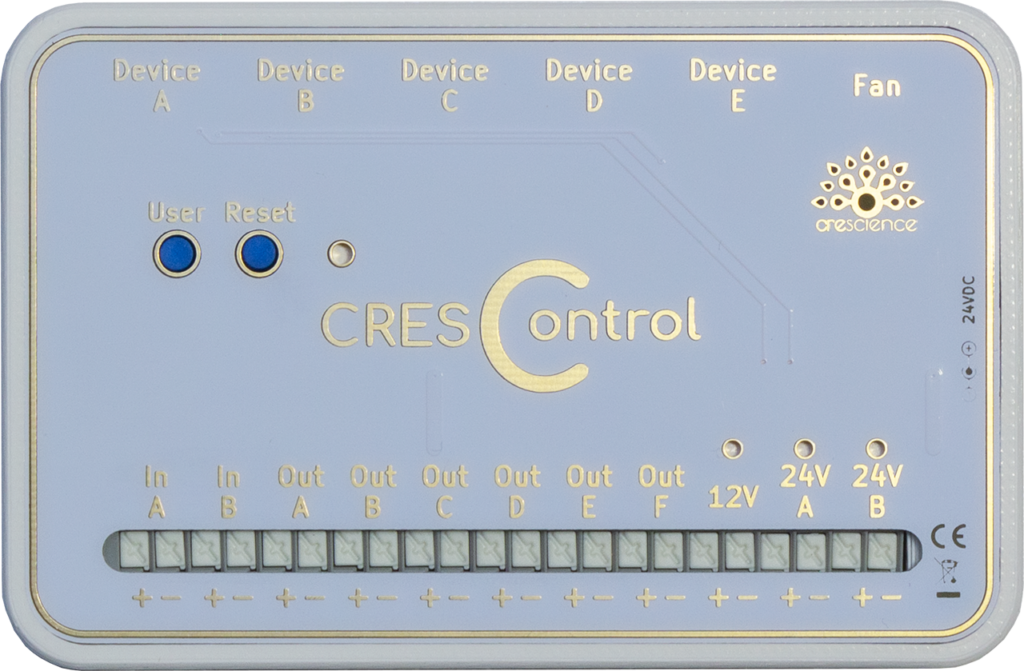
APEXengine - optimized spectrum made easy
Ready-made LED grow lamps are relatively inflexible. Therefore, we now offer a modular solution for all those who prefer to build their own plant lighting. From now on there are APEX engines and APEXstrips with the critical wavelengths for plants 730 nm, 660 nm, 450 nm and even UVA!
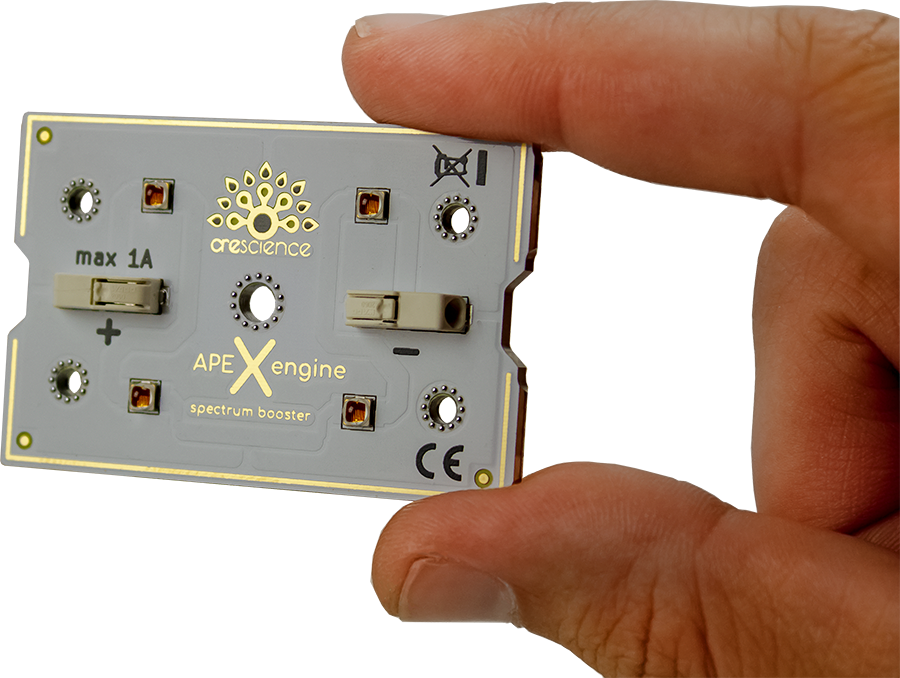
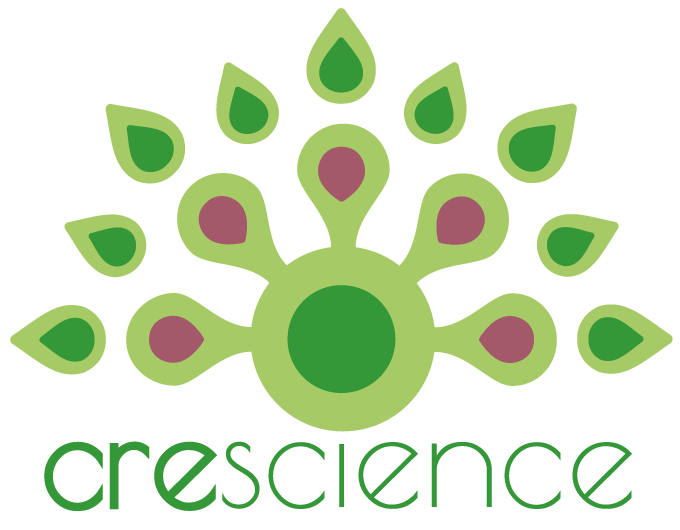
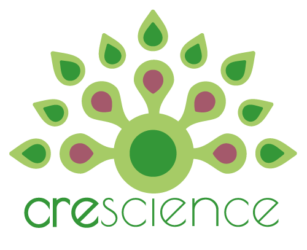


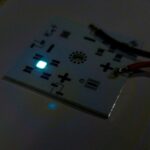
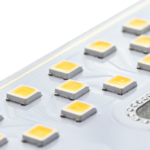
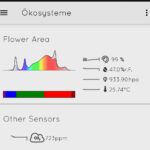

2 thoughts on “Vollspektrum Grow LED vs. Enhanced Spectrum”
would like to know more about APEXengine. Data sheets, availability, delivery times, prices...
Hello Gunter,
all data sheets are available at resources.cre.science to find. The prices and availabilities are listed for the products in the Shop specified. Please enquire for larger quantities.
Many greetings
Your Crescience Team